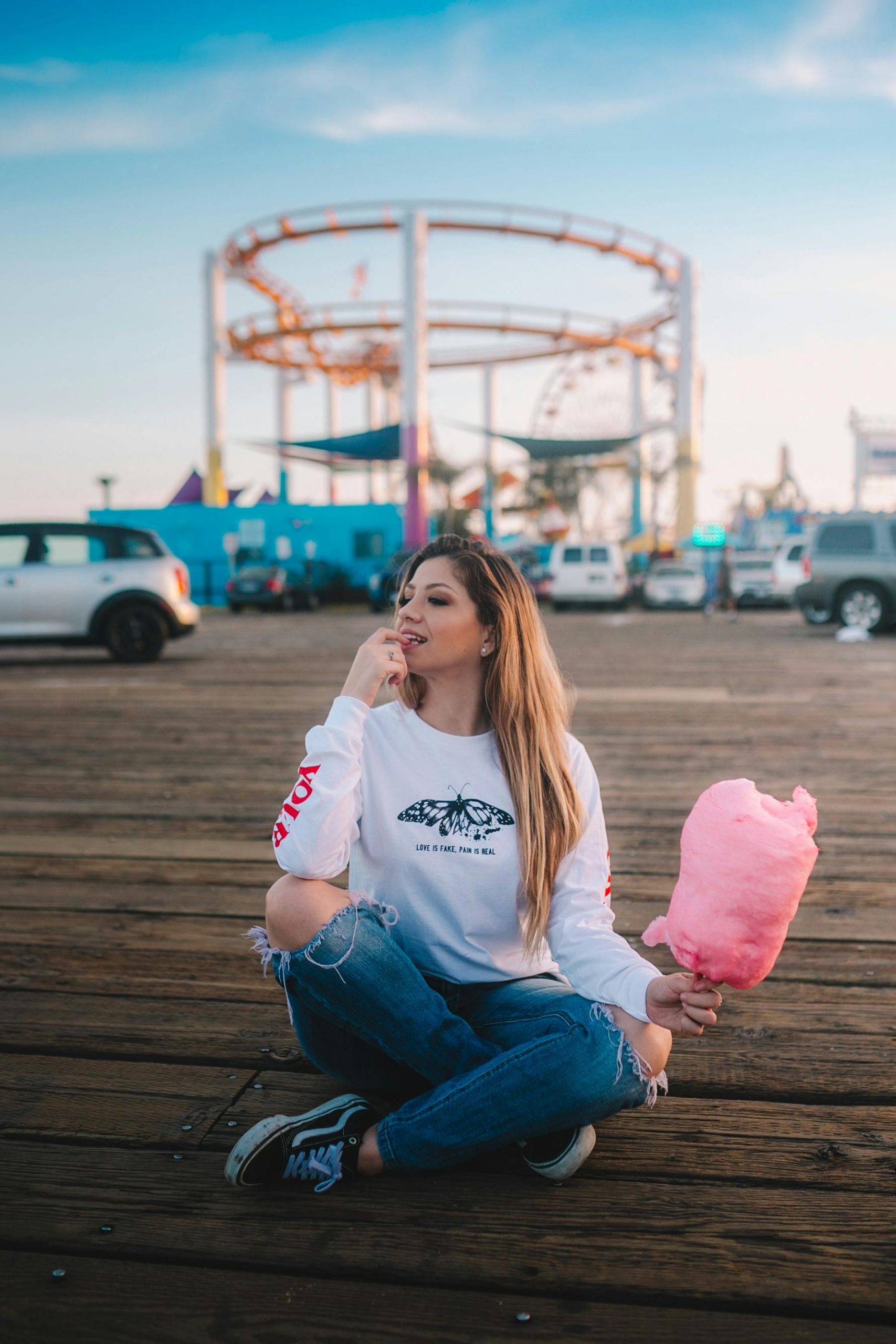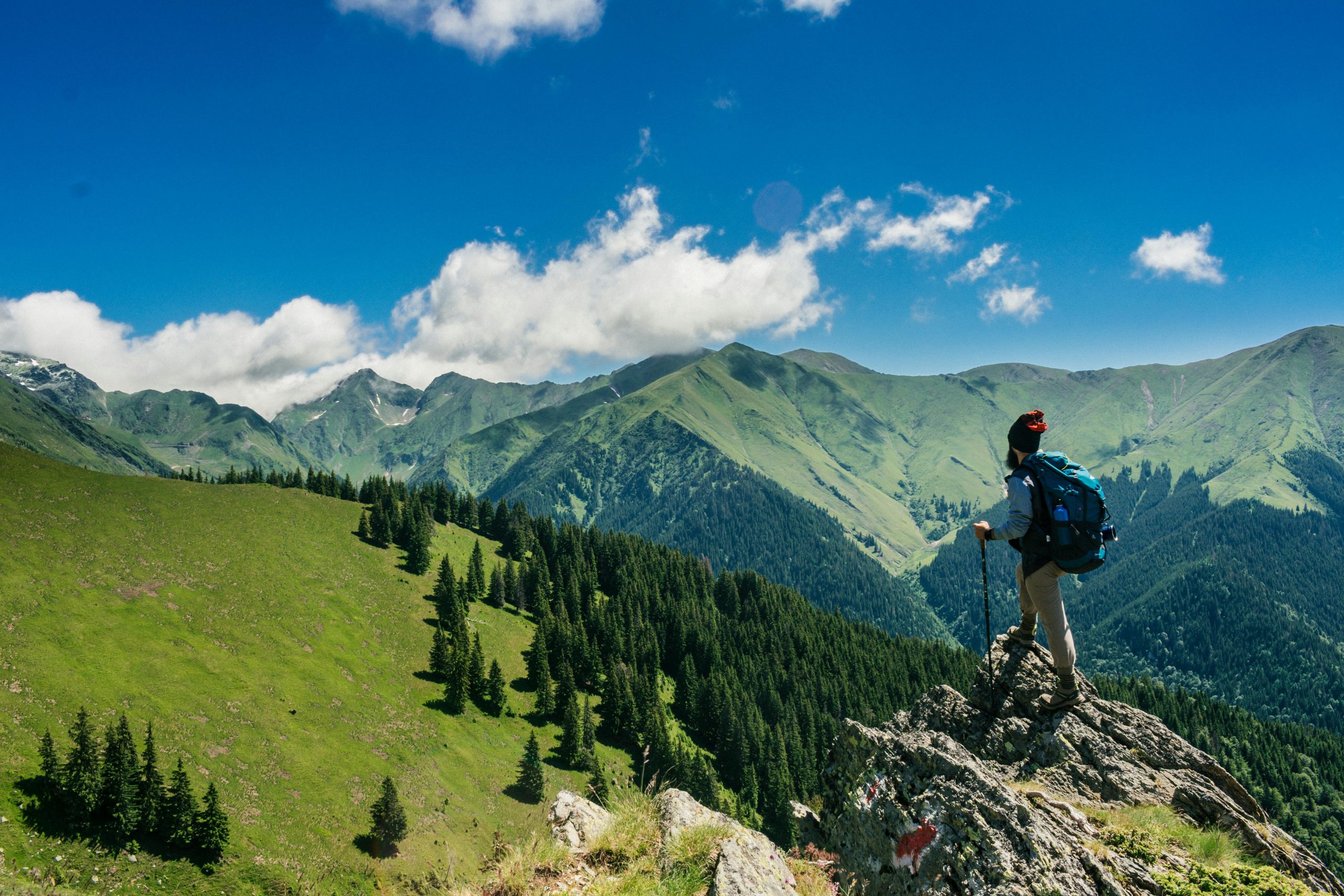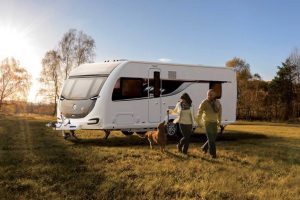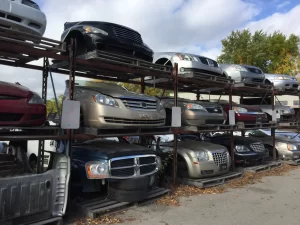10 tips for starting a kickass travel blog
This blog has been running for almost five years. It’s hard to believe. When was the last time I committed to something for so long?
When I started “Memoirs of a Young Adventuress”, I never thought it would lead me to the other side of the globe, allow me to follow my dreams, and pay me for travelling.
This shows that anything is possible.
Over the years, I have received a number of emails asking me about anything and everything. One question that keeps coming up is, “So, um, what do you do?” This is basically how to start a blogging.
It could mean a lot of things, but I’m assuming it means how to create a blog and make money. Hey, I’m a blogger and a money-maker! While I’m not the best person to answer this question since I’m terrible with anything technical, I have learned from five years of trial-and-error how NOT to create a blog.
Here are my top 10 tips for creating a successful travel blog.
1. Choose a really unique name
All is in the name. It’s true. Today, almost everyone has an attention span that is comparable to that of a toddler. Choose a memorable and catchy name that reflects the theme of your blog.
Avoid the following words as much as possible if you are trying to break into the travel blogging community.
What is the best way to phrase this? They have been taken. They’re oversaturated. They are unoriginal and boring. These words have already been used by serious bloggers who are well-established and have been blogging for many years. If I meet a blogger who has one of these words as part of their blog title, I often forget the name before we’ve even finished talking.
There are obviously exceptions to my harsh words, but there are literally thousands of travel bloggers trying to “make the cut”. You need to be unique.
Remember that your brand is your name. If you use words like “backpacker,” “budget,” or “cheap” in your name, you have pigeonholed your travels into being cheap. You’re not getting any free 5-star hotels, my friend. Travel styles are constantly changing, so it is important to be aware of this.
Choose a blog name that is interesting and reflects your travel blogging goals. Choose something unique and memorable. Choose something you can use for years to come. It’s expensive and difficult to change your blog’s name or brand once you are established.
If you want to move around in the future and you are an expat living in New Zealand or Spain, do not include those countries in your blog title.
2. Blog hosting
Hosting what? Here is where I get confused if you’re technically challenged. You can’t make a mistake if you use Bluehost to set it up, which is what I recommend because it’s easy, cheap, and painless. You can choose your domain name, and I will explain that in a moment.
Hosting your blog is a necessity for everyone. You’re paying to own your piece of Internet real estate. It’s cheaper now, but it will get more expensive once traffic increases. Grumble. Grrr. Sob.
After those horrifying Superbowl ads, who would use GoDaddy?
You will first learn how to set up Bluehost hosting.
Click on the green “Get started Now” button.
You can transfer a domain you already purchased to another website.
Register your blog for at least a year. I am in my 5th year. Domain privacy protection prevents nosy people from viewing your personal information regarding hosting your blog. You will need to back up your blog. Plugins can help you do this.
I’m not familiar with Google Apps for Work, but I’d skip it because they don’t want to spend any more money.
Then, you’re done! Was that easy? It was so much easier than I thought.
3. WordPress is the only way
If you have no idea how to blog technically, you should immediately make some blog tech-savvy friends who will be able to save you from yourself over and again (cough Michael Tieso cough)
Avoid Blogspot at all costs. I won’t go into details, but you should. It’s important to learn how to use WordPress for your website. Since almost everyone does, you won’t need to hire a specialist if you make a mess of things. WordPress allows you to do nearly anything, whereas Blogspot does not. Blogspot is a platform for UK-based 16-year-old beauty and fashion bloggers. It appears unprofessional. Avoid.
After registering with Bluehost, you can log in to your control panel and click on “Website Builders”. This will install WordPress for you. Install it on your domain (your website URL).
It is so much easier to move a Blogspot blog to WordPress than to try to do the same.
Use Wix to do the work.
Wix is a great tool for creating a website. It’s easy to use and understand. There is even artificial intelligence that can ask you questions, build your site, and create your online shop.
The premium plan will offer you unlimited pages, hundreds of templates and top-notch hosting. Wix will do all the work for you, so you don’t have to worry about these complex steps.
Upgrade to the premium plan, and you’ll get a lot of great benefits, including the ability to link your own domain ( www.MyStunningWebsite.com), which gives your blog credibility and professionalism, makes it easier for your audience to find you, and gets rid of those annoying Wix ads. You also get more bandwidth and storage, so you can have all of the high-resolution images you need.
Wix offers a simple way to start if WordPress is more for professionals.
4. Choose a theme, and then collect some plugins
The fun part is choosing a theme to make your blog look amazing! WordPress offers many themes for free, but I recommend spending a bit more money on a good theme if you want to start a blog.
Woo Canvas is a great product.
When I switched my website to WordPress, a wise friend told me that “plugins were not Pokemon cards. You don’t need to collect all of them.”
Remind yourself of this, people.
Too many plugins cause too many problems. Here are some of my basic suggestions:
- Askimet protects you against spam
- Digg Digg – floating sidebar for social shares
- Jetpack
- WP smush.it – shrinks file sizes
- Social widget for FB
- Yoast is the best SEO plugin available.
- Your site will run faster with the W3 Total cache.
5. Install Google Analytics
Google Analytics is a popular industry standard for measuring traffic to your blog. It tells you how many visitors your website receives each month, from where they come and where they go. It is the standard tracker used for website analytics around the world.
You can then track your stats each month. Eventually, you’ll use these numbers when pitching to brands and tourism boards.
Don’t worry. I didn’t know what Google Analytics was when I first attended TBEX Girona, my very first travel blogging event, in Spain. I remember being at the lunch buffet and hearing someone talk about it. I was using the counter that came along with my Blogspot site.
Look where I am today. This is proof that you can achieve the same results as I did.
6. Grab your social media handles
Social media is the second part of travel blogging. You can’t avoid it. In a digital age, information is shared online in real-time. Anyone who does not understand this is living in a virtual world.
Once you have your names sorted out, you will want to create the social media accounts that correspond with them.
You decide what you want to focus on. It depends on what kind of content or interests you are interested in. It’s good to save all names in case you decide your focus will change over time. In the meantime, you can sit on it.
Play around with all of them, download the apps to your phone, and see what you like and where you want to share content. Then, focus on those. If you want to know my opinion, I’d say focus on Instagram, Pinterest, and Snapchat. These three social media platforms are currently the most popular and fastest-growing. Join them and become active.
7. Join Super Star Blogging
In the past, I have written about blogging when I thought I had some relevant thoughts and ideas to share with the community. But, in general, this is not what my blog is all about. One of my most-read posts was How I Make Money as a Travel Blogger (my second most-read question ever), where I briefly touched on this.
If you’re serious about creating a travel-related blog that can lead to paid travel and work, I recommend joining Super Star Blogging.
SSB is a group of experienced and upcoming bloggers who are helpful and positive people. They care about travel blogging in general. We all support each other.
You can find my advice here, as it’s the only group I’m active in. You can find amazing forums, a secret FB Group where you can ask any question you like without being judged or ostracized and a number of courses to help you build your blog from scratch to pitching for your first press trip. You can find webinars from experts on a variety of topics. I gave an hour-long webinar that included all my Instagram secrets.
It’s not too early to join the Super Star Blogging Community. I’m deeply involved with some exciting events over the next few weeks.
If you want to be sure that your blog is running smoothly and if you are looking for help, I recommend hiring a professional to manage your site. They keep your blog up to date-and running smoothly. They fix broken items, back up your site, and can save your life if your site crashes. Performance Foundry is a service run by a blogger friend, and I couldn’t be happier. It’s definitely worth the money.
8. Create a solid page “About Me”.
I’ve wanted to update my About Me Page for two years. Do not look at it. Here’s an amazing example.
As I write, I mentally criticize myself, but I’m saying it to you guys: the About Me page will likely be one of the very first pages that people click when they arrive on your website. Make it count.
9. Do not be a swindler
You will find that there is a wide range of styles, interests, genres and business models. There is also a large number of people looking to exploit you online.
You need to keep in mind one thing: your blog is your child. Please do not give it to strangers or let anyone else play with it. It’s precious.
People will send you a lot of emails asking for everything. Tell them to go fuck themselves.
Ignore that crap unless it is something super relevant to YOUR blog or that you think will benefit YOU in some way. If you find them decent, tell them to please fuck off. Tell them no. People will ask you for links to your blog. Tell them you will give them $1,000, and then tell them no. Link to what you think is relevant and important, and link it wherever you like. Google loves it when you do that.
It’s not worth it to try and game the system.
Do not give away free things. This sets a bad precedent for both you and the entire travel blogging community. We must work together and not undercut each other.
You will be invited to cool trips one day. You’ll be offered “free” things. You should say no to things that do not fit with your blog or niche. Do not just accept it because it is free. You will have a better blog in the future if you are more selective, especially at the beginning.
As a blogger newbie, you will be surprised to find out that people are willing to pay for “exposure.” This is totally understandable. I did the same thing. I would say don’t choose things just to get exposure—pick the ones that are going to bring you exposure—not some spammy podunk site doing a blog list in Israel.
What brought me new traffic and readers? National Geographic wasn’t the source. It wasn’t Forbes. It wasn’t Travel Channel.
Buzzfeed was the name. Reddit was also the BBC. Focus on things that will attract readers and make them part of your community.
10. Create and share amazing content
Last but not least, it is important to create something you are passionate about.
Share your best pictures if you are a photographer. Create tutorials that will help people who are not photographers take better photos. You can make videos if you enjoy it. If you are a writer, you can share your stories and tell them. Don’t worry if you don’t have a lot of words. Find your voice and go with it. Be yourself, and don’t try to copy other travel blogs or magazines. Don’t remove the “you” from your blog.
People say that it takes a minimum of a year to make money from travel blogging. I blogged for 2 years just for fun. After spending a year working to be able to do it full-time, I have been doing it for two years.
This is SO MUCH work; I cannot even begin to describe how much effort goes into it. You must love it. Passion will keep you motivated, especially at the beginning when it’s not paid. Protect your passion and go with it.








Post Comment